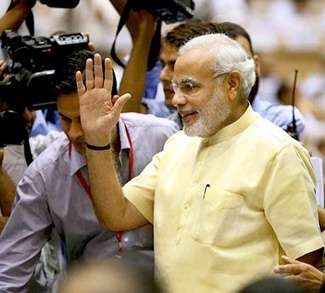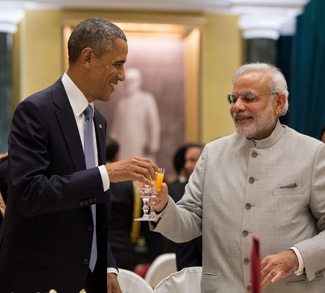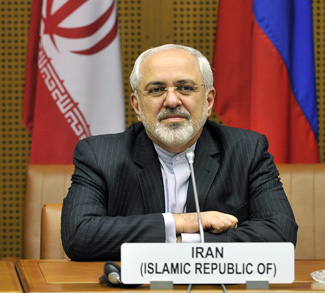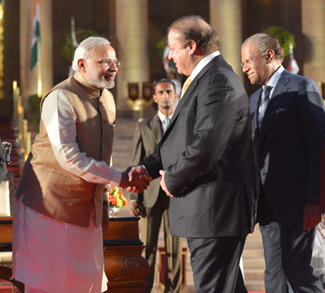Relations between India and South Korea stretch back to 48 AD, when an Indian princess is said to have come to Korea from the historical city of Ayodhya in India, and, after marrying King Kim-Suro, came to be known as Queen Hur Hwang-ok.
However, it is unfortunate that the two countries only established consular relations in 1962, in spite of the long association between their peoples. It was an Indian, K P S Menon, who was the Chairman of the United Nations Commission in 1947, tasked with holding elections in Korea. In addition, it was an Indian-sponsored resolution which led to a ceasefire being declared between the two warring sides.
Relations in the Post-Cold War Era
Relations have improved by leaps and bounds in the aftermath of the end of the Cold War. During the Cold War era, India and South Korea were aloof from each other as South Korea was a strong ally of the United States, while India had inched closer to the erstwhile Soviet Union, though still not an ally.
India’s improving relations with the United States have also contributed to better relations with South Korea in the post-Cold war era. In addition, the liberalization of the Indian economy and the launch of India’s “Look-East Policy” (now renamed as the “Act East Policy”) were also major drivers of the improving ties between the two nations. South Korean companies have made brisk business in India. As the Indian economy grows, more and more people are being elevated to the middle-class, thereby creating a huge market for Korean companies.
In order to improve people-to-people ties, India has announced a visa-on-arrival facility for tourists from South Korea. Buddhism spread to Korea from the land of its birth, India, and many Korean tourists visit places in India like Bodh Gaya, associated with Buddhism.
It was during the then South Korean President Lee Myung-bak’s momentous visit to India as the Chief Guest at India’s Republic Day celebrations in January 2010 that bilateral ties were elevated to a Strategic Partnership. The two countries also signed an agreement for civil nuclear energy cooperation during the visit of the then Indian President Pratibha Patil to South Korea in July 2011. Increasing nuclear energy output is crucial for India in order to ensure that its economy continues to grow. As India has a huge population, it cannot afford big dams as they would displace millions of people. On the other hand, coal-fired power plants are hugely damaging to the environment.
Economic Ties
A bilateral Comprehensive Economic Partnership Agreement (CEPA) was signed between the two sides in August 2009. Trade between India and South Korea stood at $ 17.57 billion in 2013. Korean companies have invested nearly $2.93 billion up until September 2013 while Indian investment in South Korea stood at nearly $3 billion.
Modi’s Recent Trip and the Road Ahead
India Prime Minister Narendra Modi paid a visit to South Korea in the month of May this year. During this visit, the relations were upgraded to a Special Strategic Partnership. It was also agreed to “establish annual Summit meetings, in either country, or on the margins of multilateral events” and a joint “vice ministerial-level defense and foreign affairs dialogue in the 2+2 format.”
As India is one of the biggest arms importers in the world, there are ample opportunities for Korean weapons manufacturers to sell their wares to India. During PM Modi’s visit, it was agreed that South Korea’s Hyundai Heavy Industries would be collaborating with an Indian public sector company to manufacture warships in India, though the details are yet to be worked out. As part of the “Made in India” initiative, there are plenty of other opportunities too for Korean manufacturers to manufacture in India and then sell to other parts of the world.
There are immense prospects for the India-South Korea bilateral relationship. In addition, there are many avenues for cooperation between India and South Korea in multilateral forums like the East Asia Summit (EAS), the AIIB (Asian Infrastructure Investment Bank), besides in organizations like the G-20. When all is said and done, relations between the two countries are now set to move to a higher trajectory.




